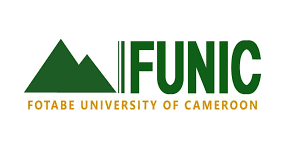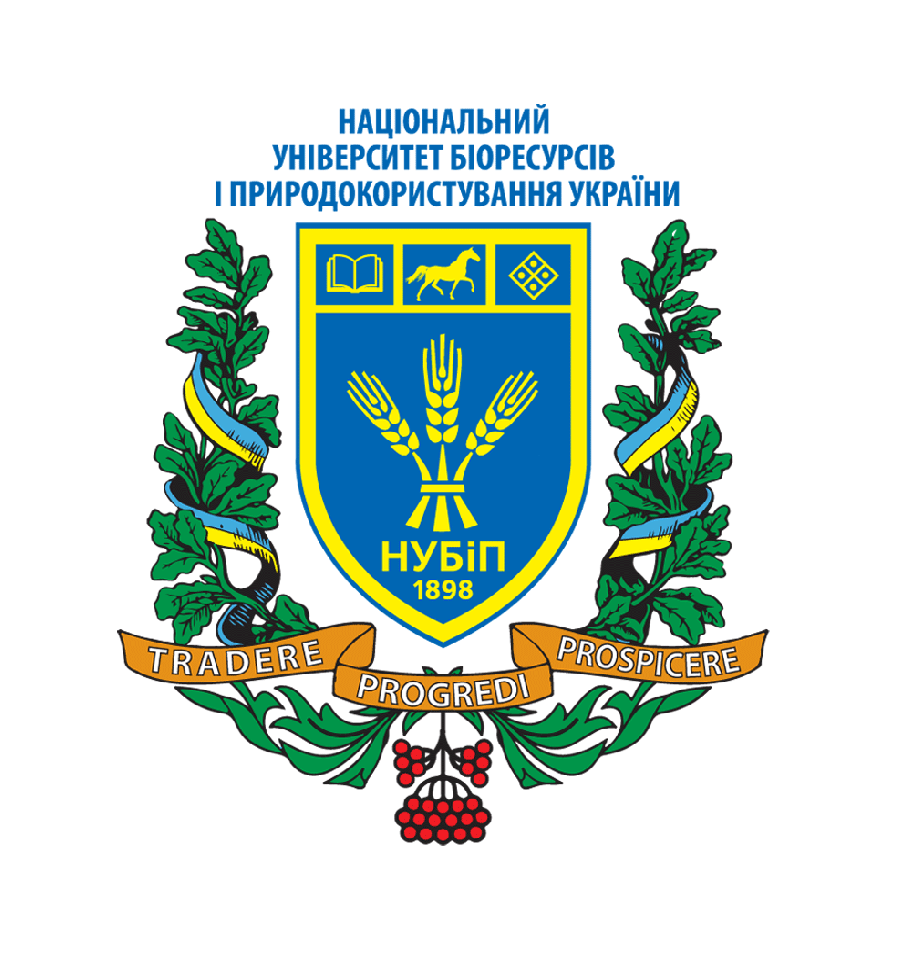Evidence of Climate Change and Seasonal Agricultural Drought in Kakamega South Sub-County, Kakamega County, Kenya
Keywords:
Climate Change, Seasonal Agricultural Drought, KenyaAbstract
Changes in climate have led to shifts in weather patterns outside the normal range of variation over a given time period, attributed to either human action or natural causes. This has led to reduced precipitation, which consequently results in reduced water availability for farming in some seasons, hence the seasonal agricultural drought. This has greatly impacted smallholder farmers, lowering their agricultural productivity. This study was undertaken in Kakamega South Sub-County in Kakamega County to determine the impact of the seasonal agricultural drought. The discrete choice model and capability theory were used in this study. Both qualitative and quantitative research designs were used. Both primary and secondary data sources were utilized, and they included questionnaires, interview schedules, focused group discussions (FGDs), and field Secondary data sources, including rainfall and temperature data, were collected from the meteorological station for a period of 35 years (1985–2020). Using Krejce and Morgan tables, a sample size of 377 households was obtained using simple random sampling from a target population of 26,940. The data was analyzed using the Statistical Package of Social Sciences (SPSS) version 23. The results of this study established that there was evidence of climate change and seasonal agricultural drought in Kakamega South sub-county as rainfall is positively correlated with humidity (r = 0.834, p< 0.05). Humidity is negatively correlated with annual maize production (r = -0.869, p< 0.05) and annual average temperature (r = -0.813, p< 0.05). The study recommended that in order to adapt to the effects of climate change that are a result of seasonal agricultural drought, there was a need to improve the sustainability of crop production in the Kakamega South Sub-County by supplementing rain-fed farming with drip irrigation, rainwater gathering, and greenhouse techniques.
Published
How to Cite
Issue
Section
Copyright (c) 2023 Winnie Chelangat, Caroline Mulinya

This work is licensed under a Creative Commons Attribution-NonCommercial 4.0 International License.























